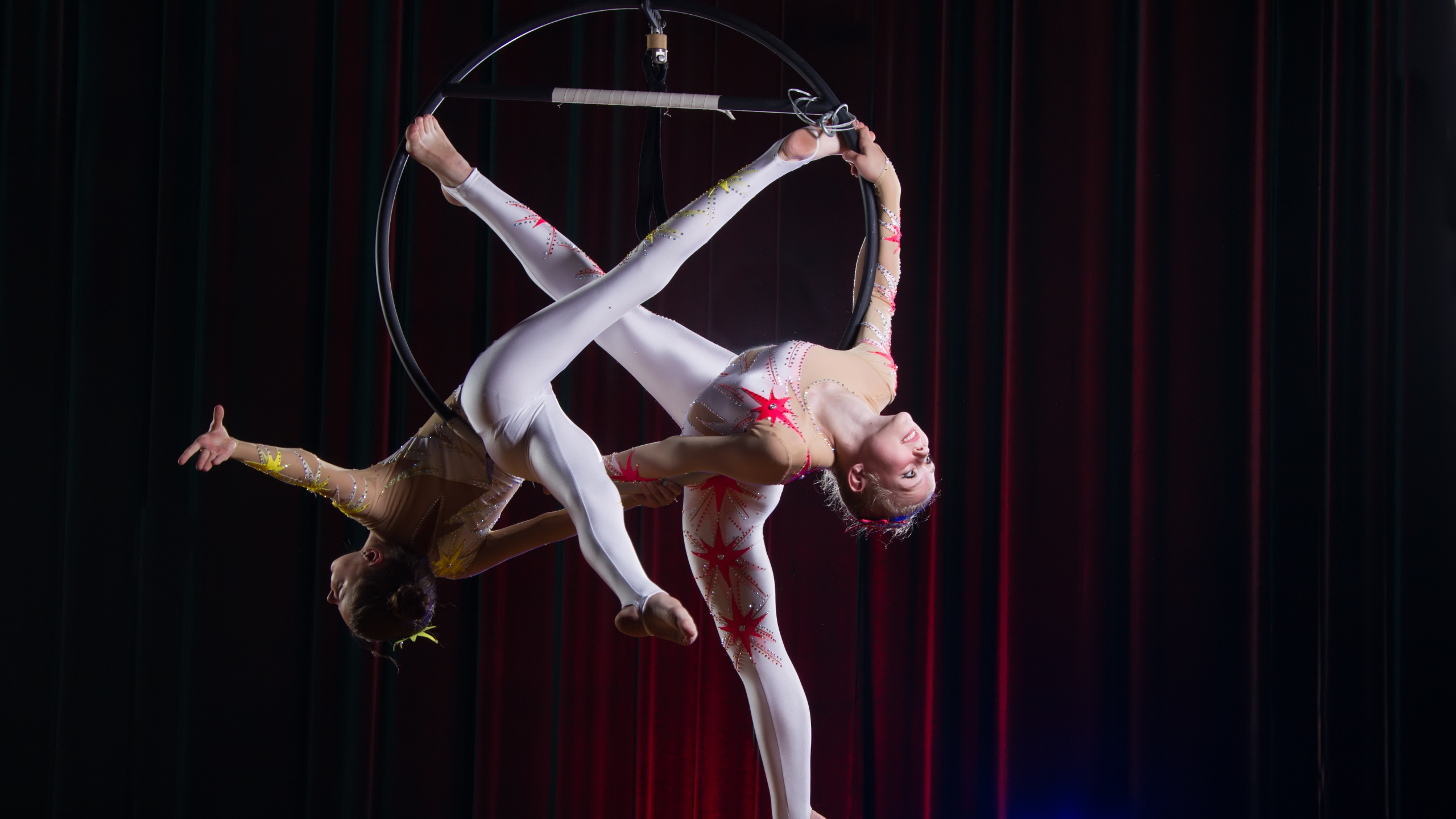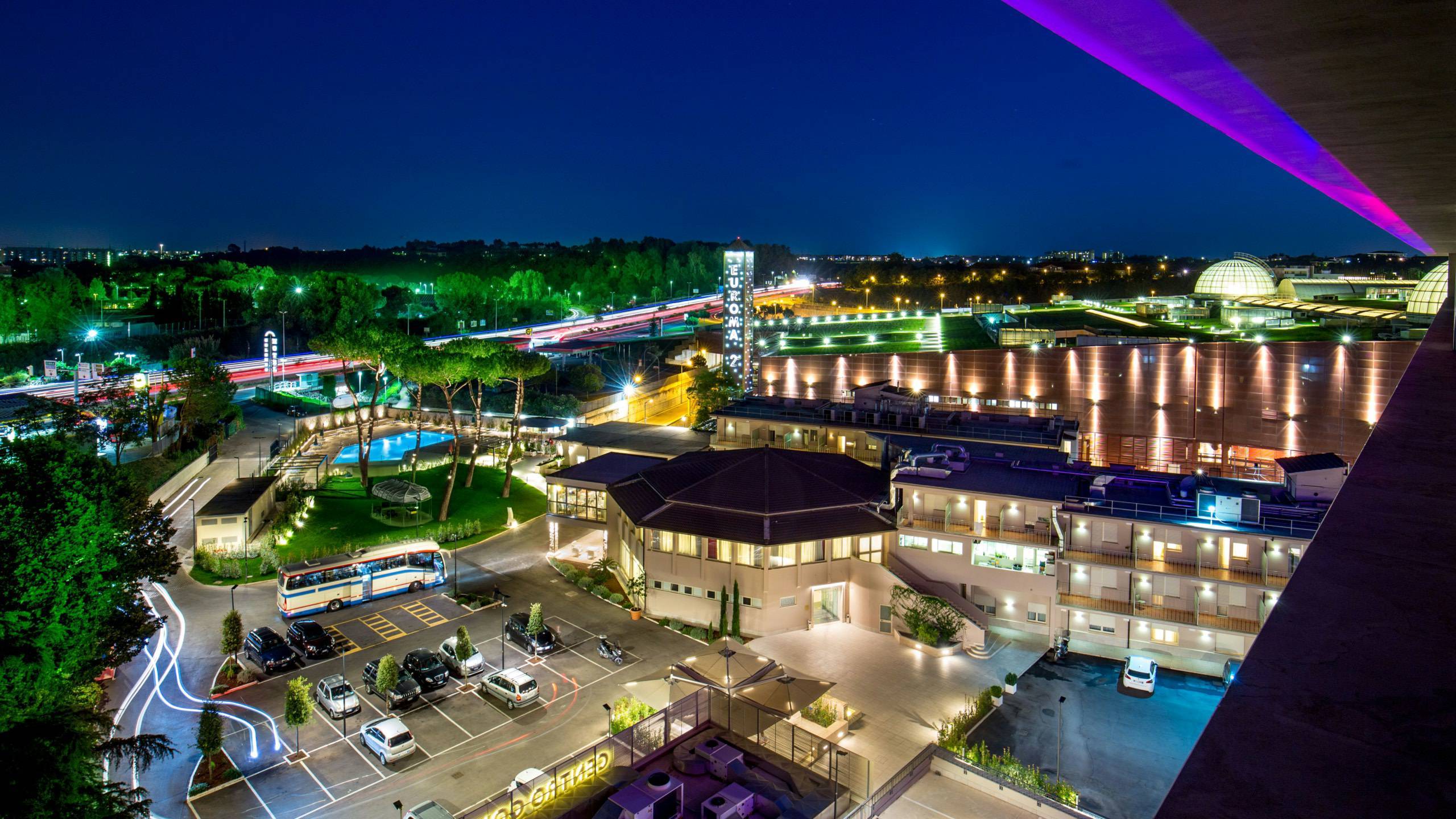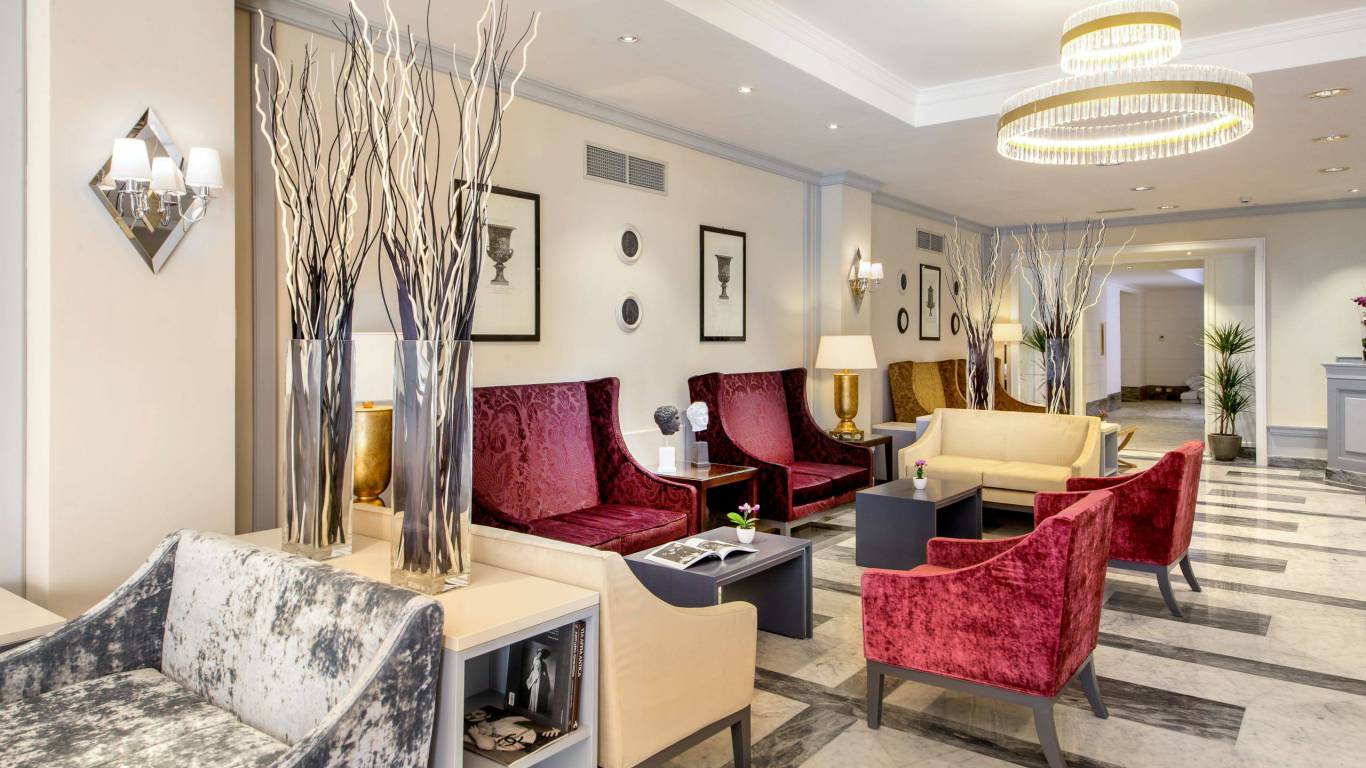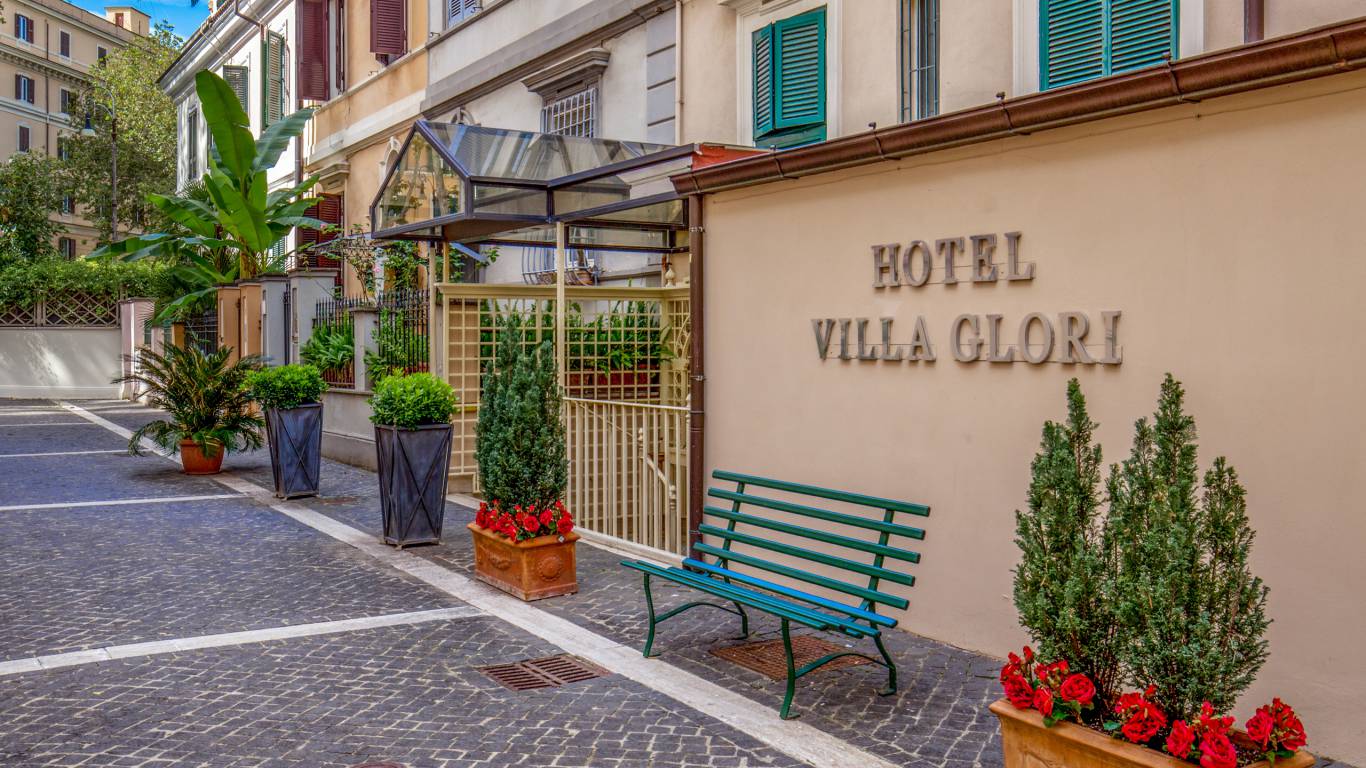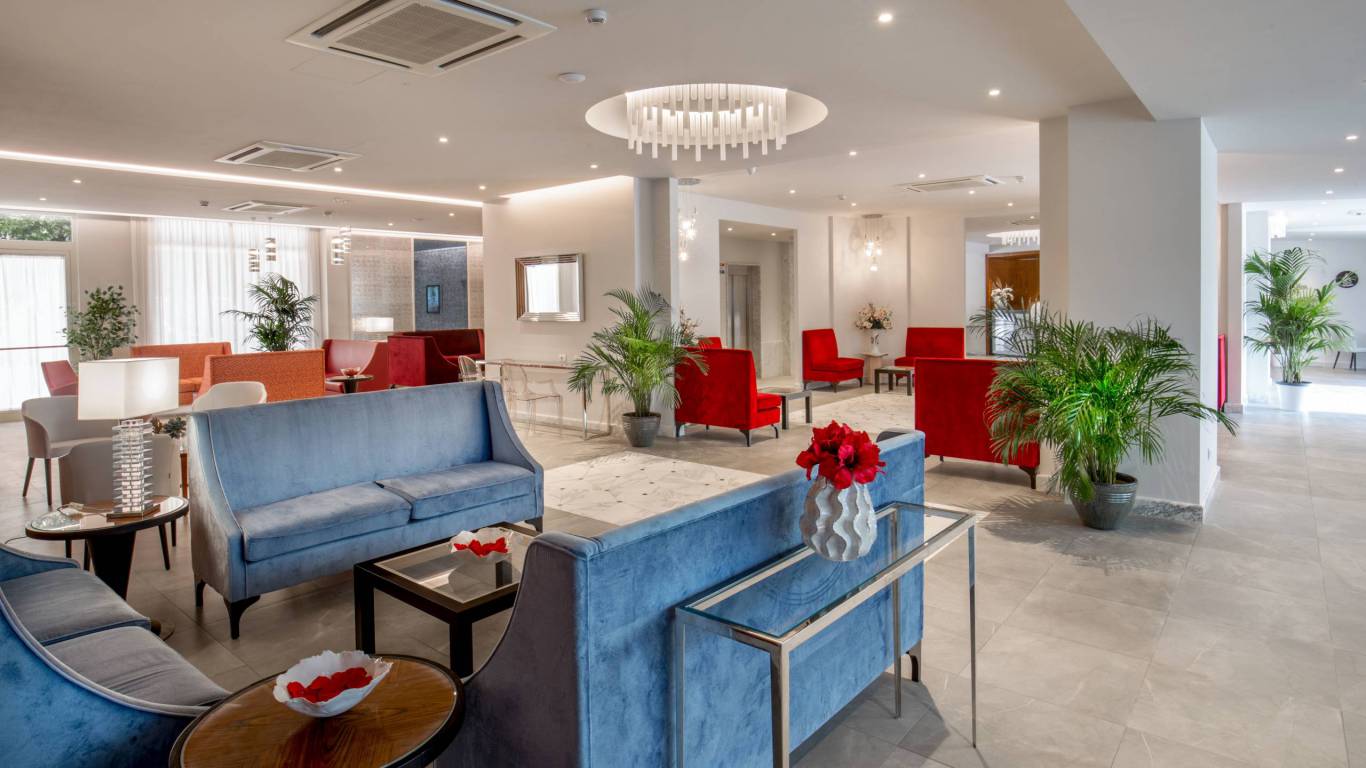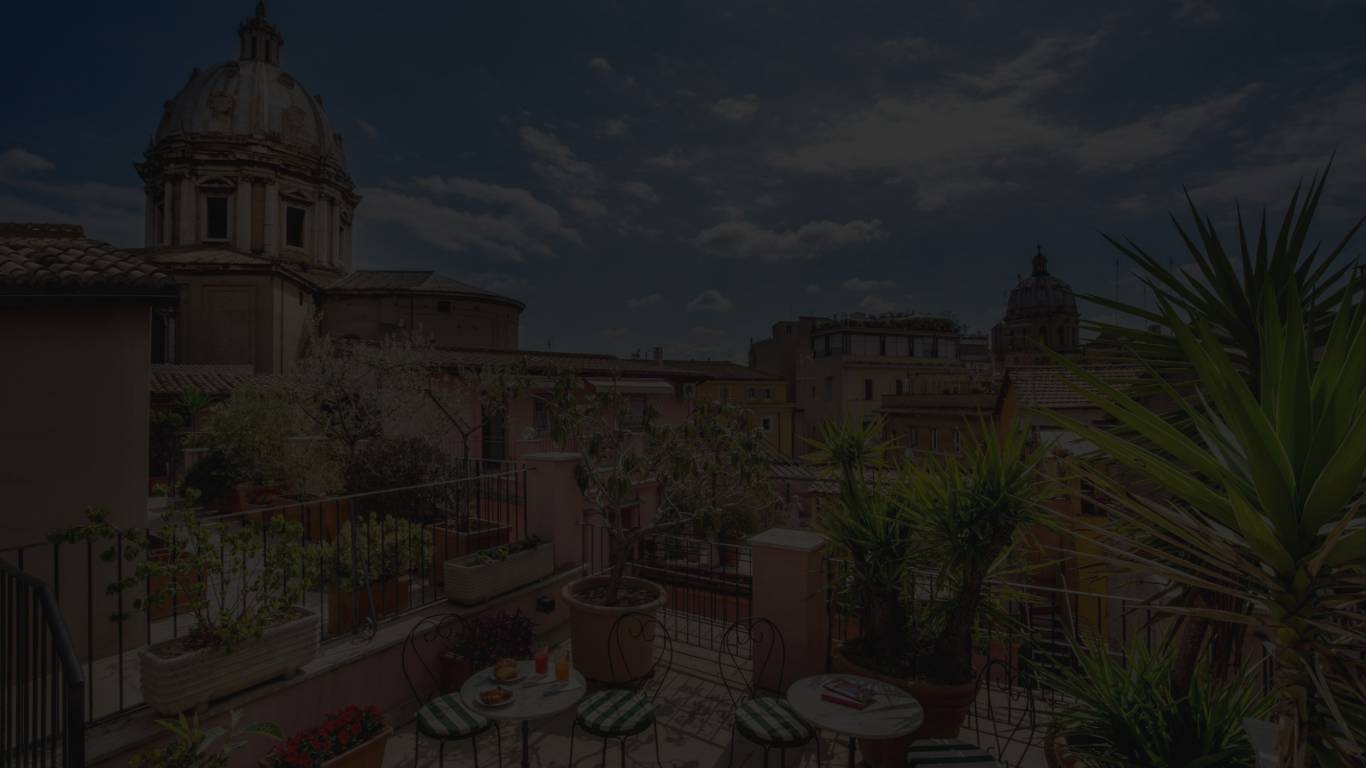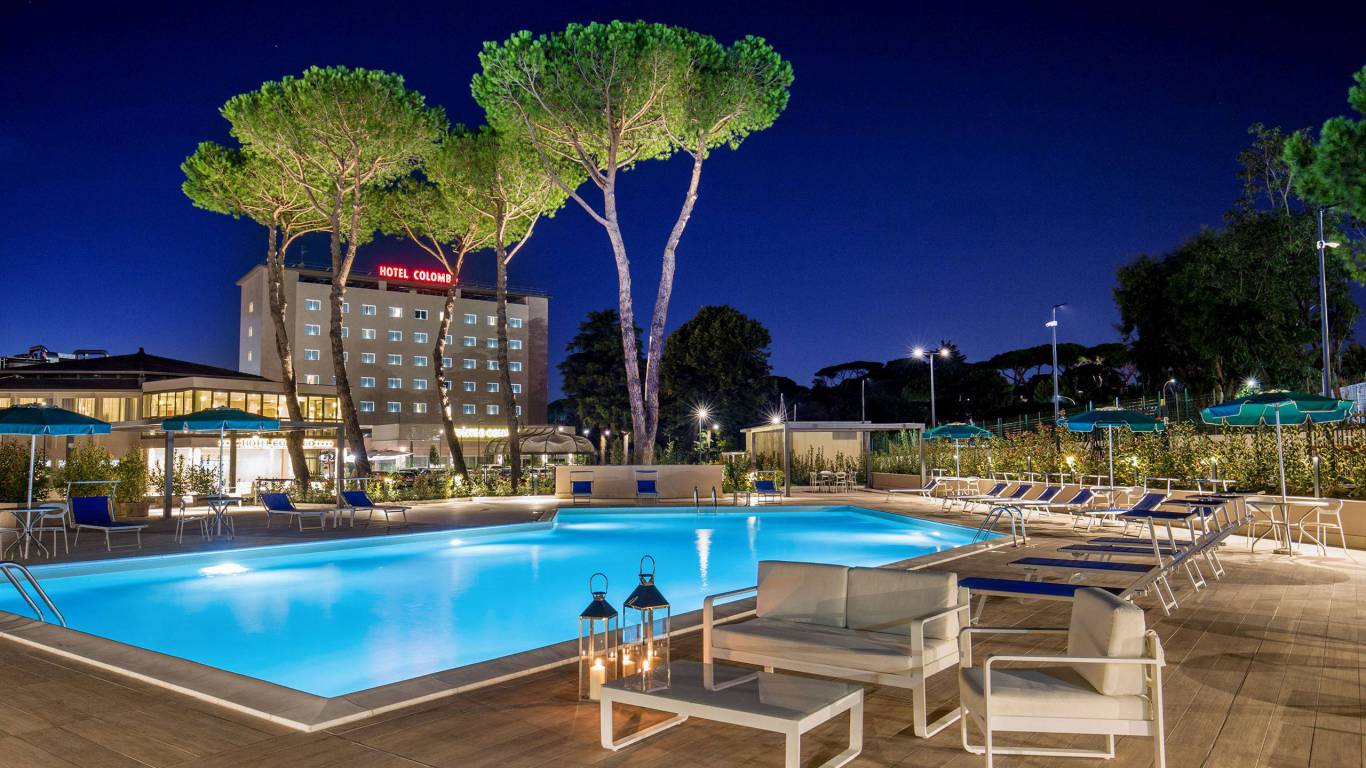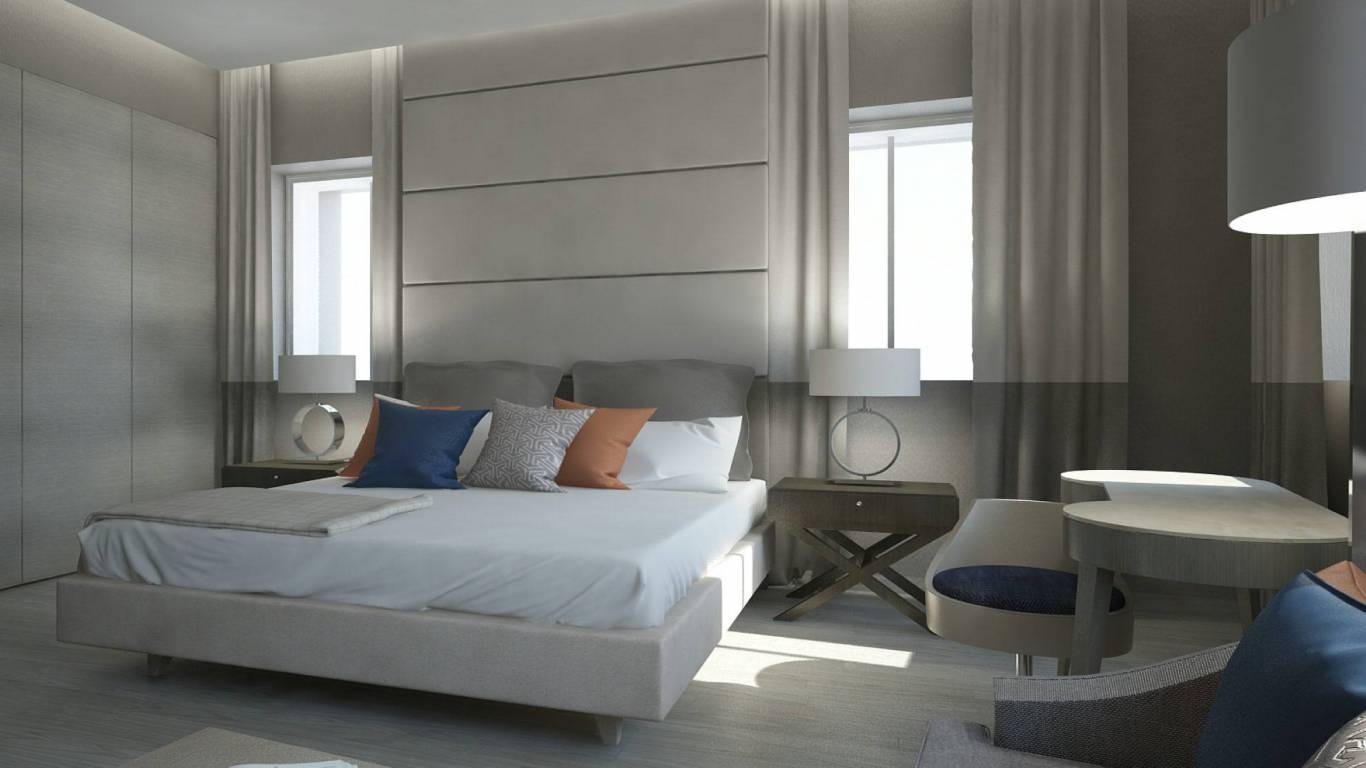THE FANTASY MEGA WORLD OF HENDRIK CHRISTIAN ANDERSEN
Visit to the home-atelier of the visionary artist
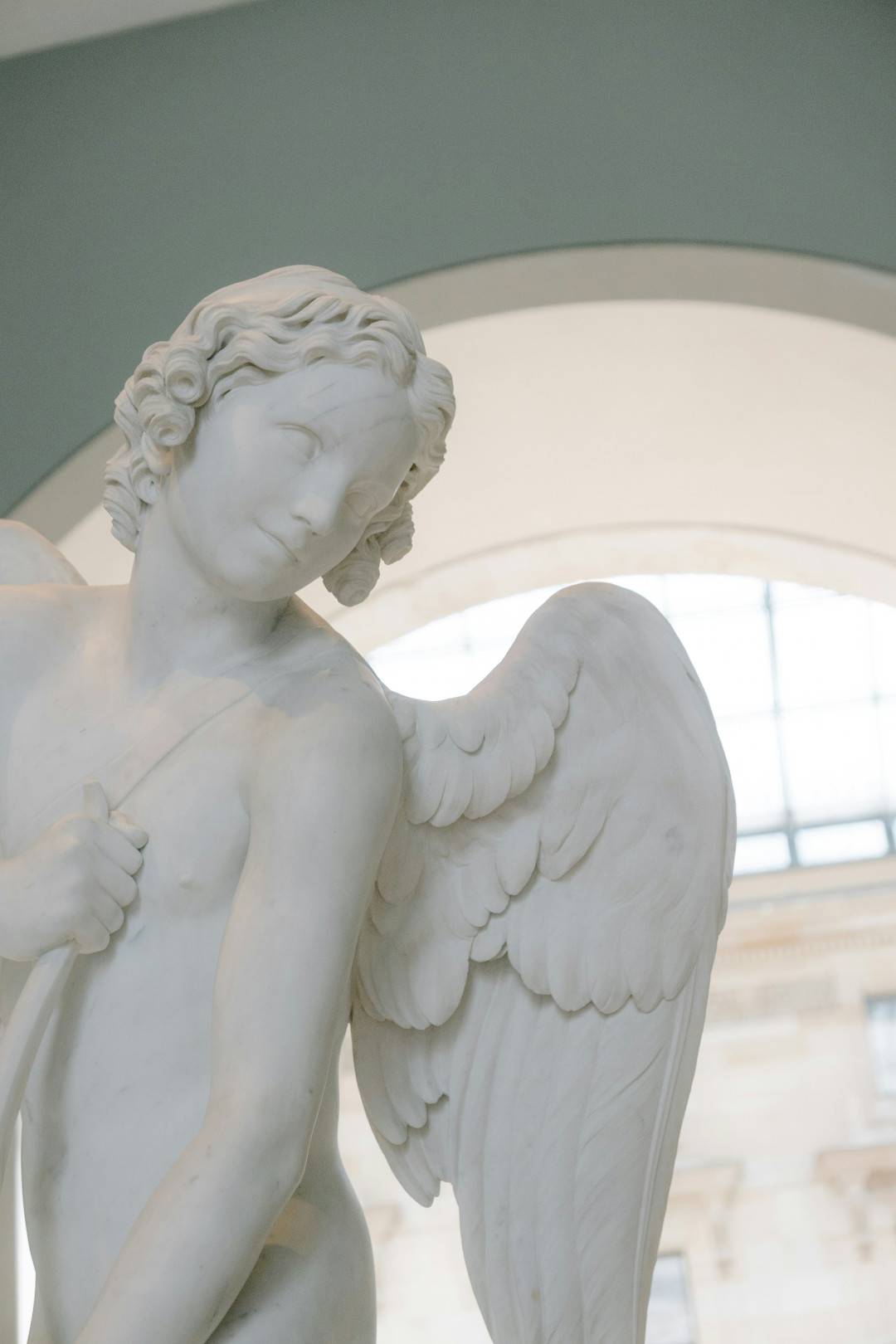
He thought and did everything big. He was a visionary. Sculptural bodies with the gaze always turned upwards. Smiling children, sixteenth-century busts of famous people, horses, angels and demons, heroes and heroines, grandiose projects for fountains and utopian cities...
There is all this imagery in the home-atelier of Hendrik Christian Andersen, an eclectic Norwegian artist who moved to the United States and then to Rome where he lived for many years in Rome frequenting the city's jet-set.
The building is "hidden" in a secluded area of the Flaminio district, far from the large flows of visitors, but full of charm and charm, not far from Piazza del Popolo. The door is surmounted by the inscription "Helene", because the villa, built in 1922 by Andersen and decorated by himself in eclectic neo-Renaissance style, is dedicated to her mother.
The Hendrik Christian Andersen Museum is one of the few house museums in Rome and is an extraordinary example of the atelier house of a sculptor artist from the first half of the twentieth century. The forest of gigantic statues and models almost stuns you when you enter the ground floor: throughout the house there are 200 sculptures of different sizes in plaster and bronze, more than 200 paintings and over 300 graphic works.
Villa Helene also tells of a "glorious utopia", the dream that became an obsession for Andersen, and which fits into the debates of the international pacifist movement led by the cultured intellectual bourgeoisie of the early twentieth century.
As a great visionary, Andersen wanted to build an ideal city, a model for the entire world. Called the “World Center of Communication”, this city would have been a perfect city where art would have been a symbol of virtue and would have ensured peace and harmony.
In 1926 Mussolini ensured the availability of Fiumicino, but with the planning of the Universal Exposition of Rome and also due to the outbreak of World War II, nothing further was done.
Thus remained the drawings developed together with the architects Ernest Hébrard and Gabriel Leroux, which were collected and published in 1913 in a book, an enormous volume weighing over 5 kg, which narrates the project of the world city.
Entrance to the Hendrik Christian Andersen House Museum is subject to a fee from February 2024 and is possible from Tuesday to Sunday from 9.30am to 7.30pm, with last entry at 6.45pm.
If you want more information or book your visit you can write to us at concierge@4lcollection.com, we will be happy to help you..
